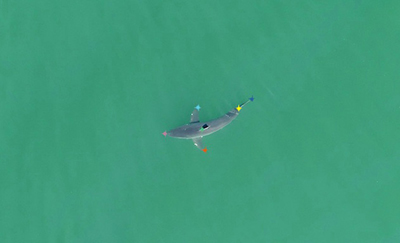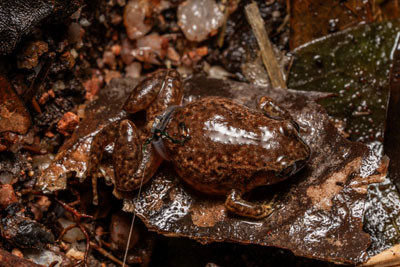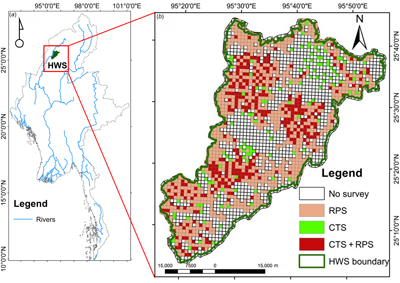WR24151To sea in the dark: assessing effects of LED streetlights on sea-finding in marine turtle hatchlings
Artificial light at night (ALAN) disrupts marine turtle hatchlings’ ability to find the sea, threatening their survival. This study tested how different LED streetlights affect the sea- finding behaviour of loggerhead and flatback turtle hatchlings. The results provide valuable insights for policymakers and land managers involved in coastal lighting management. Photograph by Adriana Watson.
WR24151 Abstract | WR24151 Full Text | WR24151PDF (3.1 MB) | WR24151Supplementary Material (1.7 MB) Open Access Article



















